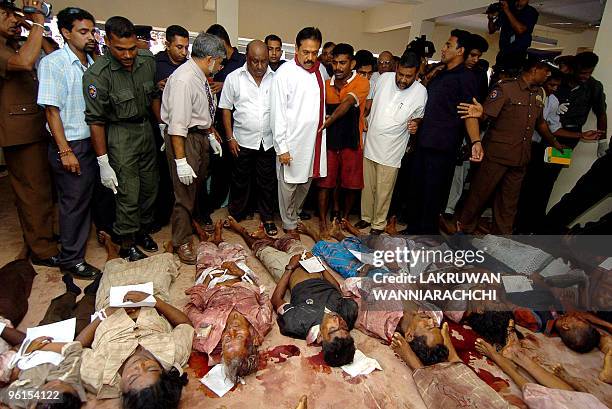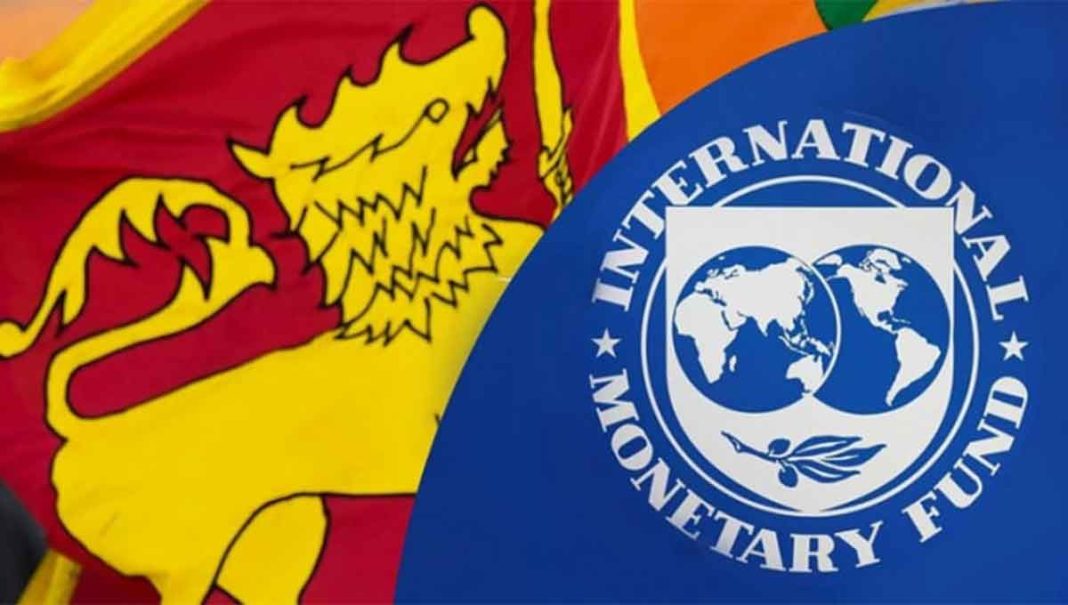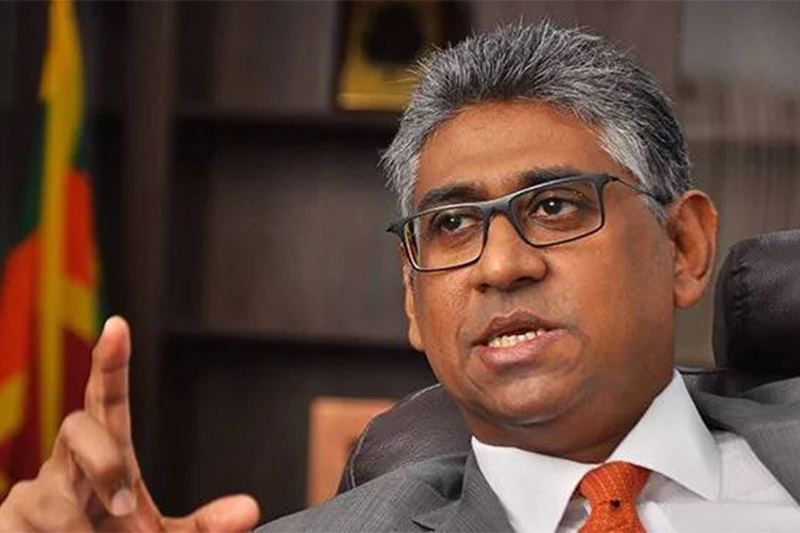Anuruddha Lokuhapuarachchi, Director of Communications for Sri Lanka’s Presidential Media Division, has ignited controversy by publicly questioning the long-accepted narrative that the Liberation Tigers of Tamil Eelam (LTTE) were solely responsible for the 2006 Welikanda and Kebithigollewa massacres of Sinhala civilians.
In a recent post titled “Ghosts in the Borderlands: Unraveling the Violent Legacy of Pillayan and the Politics of Impunity,” Lokuhapuarachchi suggests that key figures linked to the state, including former president Mahinda Rajapaksa and Pillayan (Sivanesathurai Chandrakanthan), may have had greater incentives for the violence. His statements challenge decades of official claims and come shortly after he is appointed Director of International Media and Strategic Communications within the President’s Media Division.
Lokuhapuarachchi highlights that the attacks, which resulted in the deaths of numerous farm workers in Welikanda and over 60 bus passengers in Kebithigollewa, were swiftly attributed to the LTTE. He contends this attribution ” galvanized support for then-President Mahinda Rajapaksa’s war strategy.” However, he now raises critical questions: “Who truly orchestrated these killings? And did the real perpetrators find protection, not punishment, within the post-war political framework?”
He points to the significant presence and operational control of the TMVP, a paramilitary group led by Pillayan and Karuna Amman that collaborated closely with Sri Lankan military intelligence. Lokuhapuarachchi argues that it was “highly unlikely” for the LTTE to execute such attacks in heavily militarized areas without the knowledge or complicity of the TMVP or state forces.
The article urges a shift in focus from identifying the perpetrators to understanding who stood to gain from the violence. Lokuhapuarachchi posits that the attacks helped Mahinda Rajapaksa fuel nationalist sentiment and justify military action, strengthened Pillayan and the TMVP’s alliance with the government, leading to political legitimacy, and discredited the LTTE while garnering international sympathy for the state.
He further notes Pillayan’s subsequent political ascent, including his appointment as Chief Minister of the Eastern Province, and the unsolved assassination of Pillayan’s aide in a high-security zone in Colombo, suggesting a warning from the very state apparatus that had empowered him.
Lokuhapuarachchi also addresses Pillayan’s persistent involvement in violent incidents, including alleged links to the Easter Sunday bombings and the assassination of Tamil MP Joseph Pararajasingham, for which he was held in remand for five years before release due to recanted witness testimonies.
Concluding his post, Lokuhapuarachchi asserts that the continued freedom of individuals like Pillayan undermines reconciliation and renders justice “a tool of convenience.”
His analysis echoes earlier doubts, such as a 2006 Tamil Mirror article questioning the LTTE’s ability to plant mines in a heavily guarded area in Kebithigollewa shortly after a military sweep. The article suggested the involvement of government-aligned actors with specific knowledge of funeral plans. The Sri Lanka Monitoring Mission’s attribution of blame to the LTTE based on “motive, capability, and capacity,” rather than concrete evidence, further highlights the long-standing uncertainties surrounding these events.
Ghosts in the Borderlands: Unraveling the Violent Legacy of Pillayan and the Politics of Impunity
In Sri Lanka’s long and painful post-war reckoning, the ghosts of unsolved massacres and forgotten victims continue to shadow our national conscience. Two such events — the Welikanda massacre (May 2006) and the Kebithigollewa Claymore attack (June 2006) — left deep scars on the Sinhala civilian psyche. Both atrocities were quickly blamed on the Liberation Tigers of Tamil Eelam (LTTE), helping to galvanize support for then-President Mahinda Rajapaksa’s war strategy. But nearly two decades later, new reflections raise difficult questions: Who truly orchestrated these killings? And did the real perpetrators find protection, not punishment, within the post-war political framework? One name that repeatedly surfaces — then and now — is that of Sivanesathurai Chandrakanthan, better known as Pillayan.
On 29 May 2006, thirteen Sinhalese farm workers were abducted and executed near Welikanda, Polonnaruwa, while building a government-funded irrigation canal. Their bodies were found bound and shot. Just over two weeks later, on 15 June, a packed civilian bus in Kebithigollewa was torn apart by a Claymore mine, killing over 60 civilians, including children and the elderly. Both attacks occurred in border zones, close to LTTE-controlled regions but also within the stronghold of state forces and Tamil paramilitary groups. The Rajapaksa government immediately blamed the LTTE. The rebels, unusually, denied involvement in both cases, with international monitors offering cautious attributions but no conclusive evidence.
What makes these attacks deeply suspect is who controlled the ground. By 2006, the Eastern Province — including Welikanda and adjacent areas — was under the operational grip of the TMVP (Tamil Makkal Viduthalai Pulikal), the breakaway LTTE faction led militarily by Pillayan and politically by Karuna Amman. Working closely with Sri Lankan military intelligence, the TMVP functioned as a state-aligned paramilitary unit tasked with countering the LTTE in the East. Local journalists and field reporters — myself among them — knew that movement in and out of these areas was heavily monitored. TMVP and military checkpoints were frequent. Armed cadres operated with impunity. Under such conditions, it is highly unlikely that the LTTE could have carried out such coordinated attacks without the knowledge — or at least the tacit consent — of TMVP operatives or their state handlers. Which leads to the question: Were these massacres convenient provocations, used to justify a shift from ceasefire to full-scale war?
Who Benefited?
The answer may lie not in who committed the acts, but in who gained from the chaos.
For Mahinda Rajapaksa, the attacks helped ignite nationalist sentiment and justify a decisive military response.
For Pillayan and the TMVP, the violence strengthened their position as loyal allies of the government, paving the way for political legitimacy and the eventual Chief Ministership of the Eastern Province.
For the broader state apparatus, these incidents discredited the LTTE and helped shift international sympathy toward the government’s campaign for a “unified Sri Lanka.”
On November 18, 2008, Pillayan’s coordination secretary was assassinated in broad daylight at Athurugiriya Junction, a high-security suburb of Colombo. No suspects were ever arrested. No motive was officially identified. But for those who understood the code of power at the time, the message was unmistakable. This was not a random act of violence. It was a carefully calculated warning, issued not by enemies, but likely by elements within the same system Pillayan had joined. As a former militant turned political proxy, Pillayan’s role was clear: serve, but never overstep. In many ways, that silent gunshot revealed the invisible leash — the limits of how far state-affiliated actors could go, even after aligning with the very regime they once fought.
These were not isolated events. In 2015, Pillayan was arrested in connection with the 2005 assassination of Tamil MP Joseph Pararajasingham, carried out inside a church in Batticaloa. He remained in custody for five years but was released in 2020 after key witnesses withdrew — amid rising political protectionism. Then, in 2019, his name surfaced again — this time in connection with the Easter Sunday bombings that killed over 260 innocent Christian worshippers across Colombo, Batticaloa, and Negombo. Though never formally charged, Pillayan was questioned by the Terrorism Investigation Division over alleged links to Eastern-based extremists. These revelations were deeply disturbing, especially given the scale and religious nature of the attack. That a figure with such a controversial past could be linked to both ethnic and religious massacres — and still hold office — is emblematic of Sri Lanka’s culture of impunity.
Sri Lanka’s post-war narrative has long been dominated by talk of “peace” and “stability.” But beneath the surface lies a history of unresolved violence, politically repurposed and strategically silenced. If figures like Pillayan, whose names are tied to atrocities against Tamils, Sinhalese, and Christians alike, can move freely through corridors of power — then reconciliation remains a myth, and justice a tool of convenience.
- Anuruddha Lokuhapuarachchi





